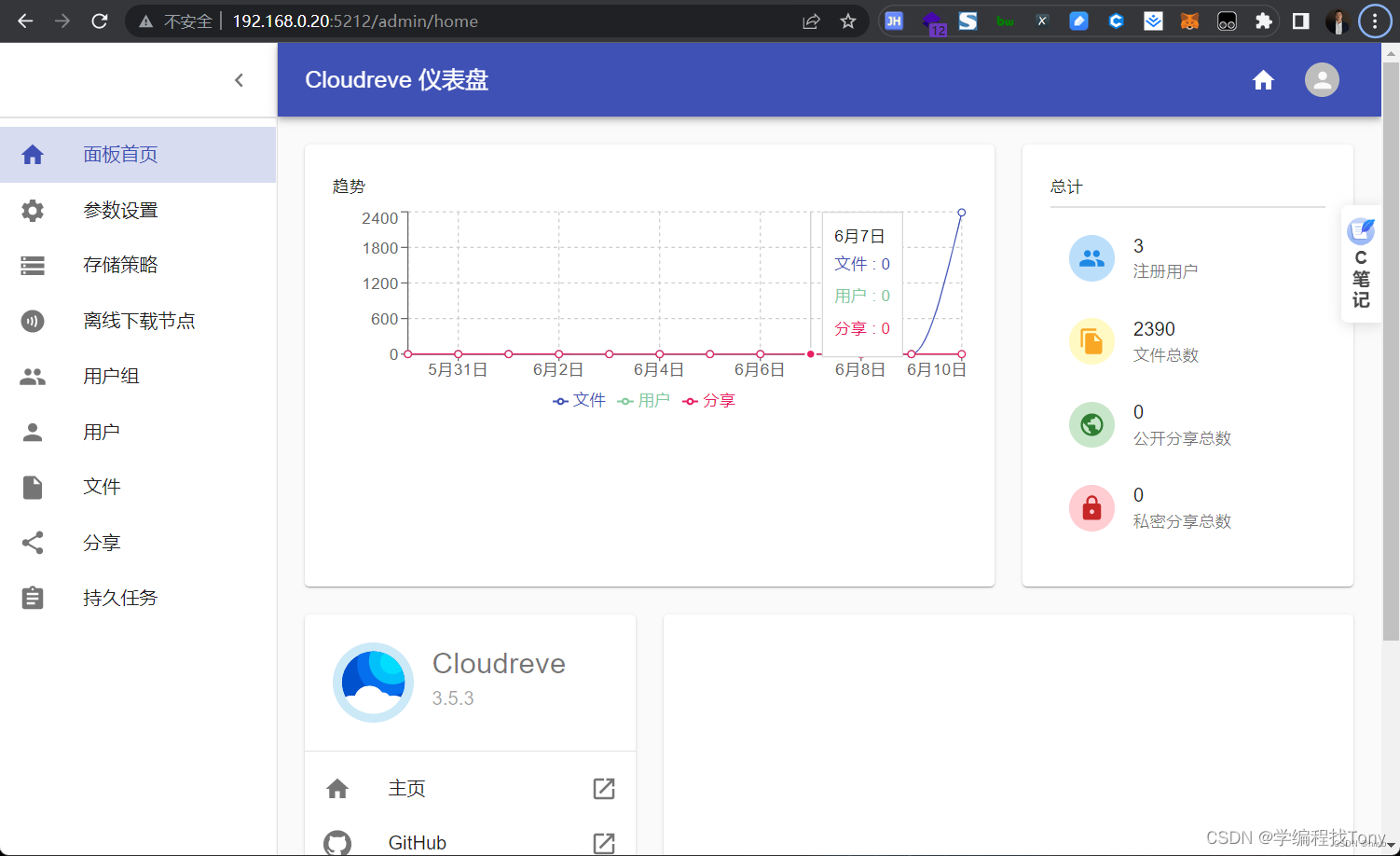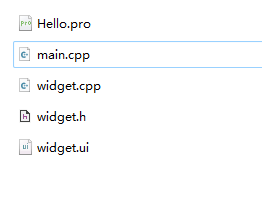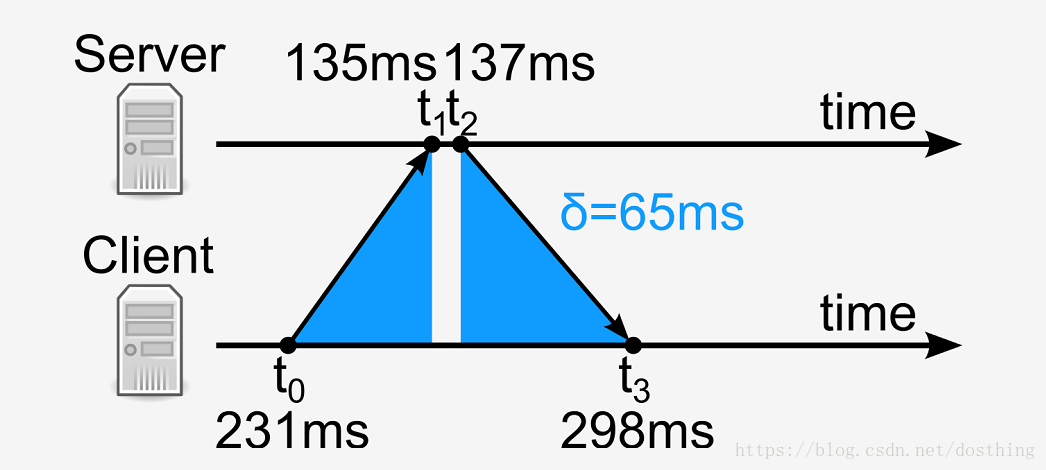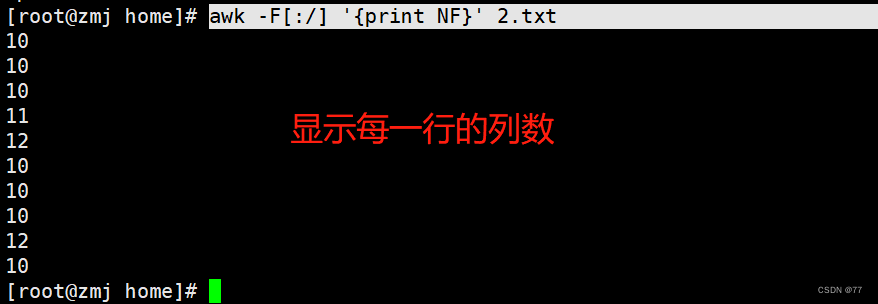当前位置:网站首页>MySQL: MySQL Cluster - Principle and Configuration of Master-Slave Replication
MySQL: MySQL Cluster - Principle and Configuration of Master-Slave Replication
2022-08-10 22:41:00 【_Sauron】
Foreword
In the actual production environment, if the reading and writing of the mysql database are operated in one database server, it cannot meet the actual needs in terms of security, high availability, or high concurrency.
strong>Generally, data should be synchronized through master-slave replication, and then the concurrent load capacity of the database should be improved through read-write separation.
1. Data Backup - Hot Backup & Disaster Recovery & High Availability
2. Separation of Read and Write to Support Greater Concurrency
Article table of contents
Introduction to Principles
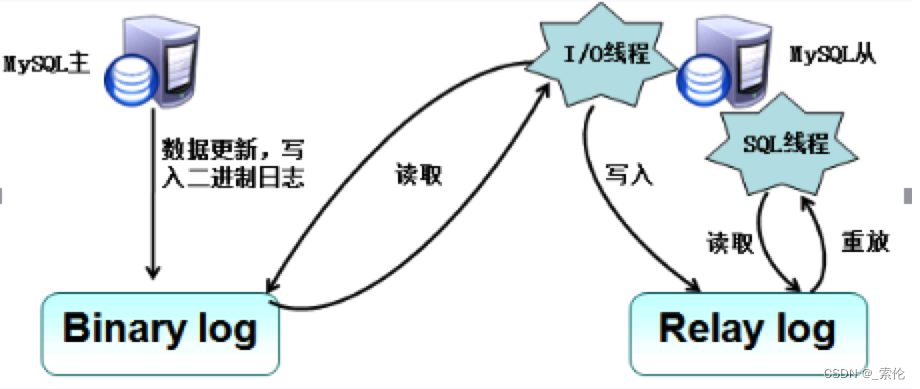
The process of master-slave replication: two logs (binlog binary log & relay log log) and three threads (one thread of master and two threads of
slave)
1. The update operation of the main library is written into the binlog binary log.
2. The master server creates a binlog dump thread to send the binary log content to the slave server.
3. When the slave machine executes the START SLAVE command, an IO thread will be created on the slave server, and the binary log of the master will be copied to its relay log.
First the slave starts a worker thread (I/O thread), the I/O thread opens a normal connection on the master, and then starts the
binlog dump process, which reads events from the master's binary log, if it has caught up with the
master, it sleeps and waits for the master to generate new events, which the I/O thread writes to the relay log.
4. The sql slave thread (sql slave thread) processes the last step of the process, the sql thread reads events from the relay log, and replays the events in
to update the data of the slave machine so that it matches the masterdata are consistent.As long as the thread is consistent with the I/O thread, the relay log will usually be in the OS cache, so the overhead of the relay log is small.
Question
Why not use the I/O thread to directly read data from the bin-log of the main library and write it to the slave library, but write to the relay log?
Because there may be a lot of bin-log content in the main library, and an I/O thread reads slowly, the data updated from the slave library may be more and more different from the content of the main library, and the data lags behind.
Configuration
Master (centos7): 192.168.131.129
Slave (win10): 192.168.0.6
Ensure network connectivity between master and slave, and ensure that port 3306 is open.
Master configuration:
1. Open binary log, directory: /etc/my.cnf
Configure log_bin and globally unique server-id.
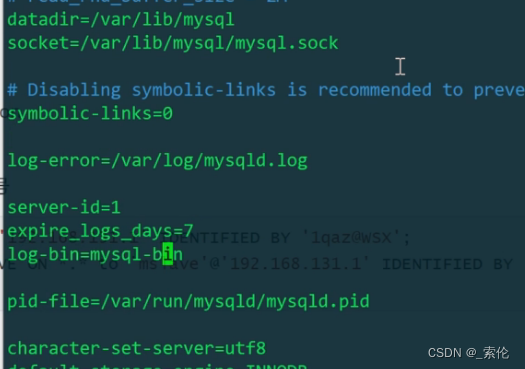
2. Create an account for master-slave library communication
mysql> CREATE USER 'mslave'@'192.168.131.1' IDENTIFIED BY '[email protected]';
mysql> GRANT REPLICATION SLAVE ON . to 'mslave'@'192.168.131.1' IDENTIFIED BY '[email protected]';
mysql> FLUSH PRIVILEGES;
3. Get the log file name and position of binlog
mysql> show master status;
slave configuration:
1. Configure a globally unique server-id (involving modifying the configuration file, you need to restart the mysql57 service) 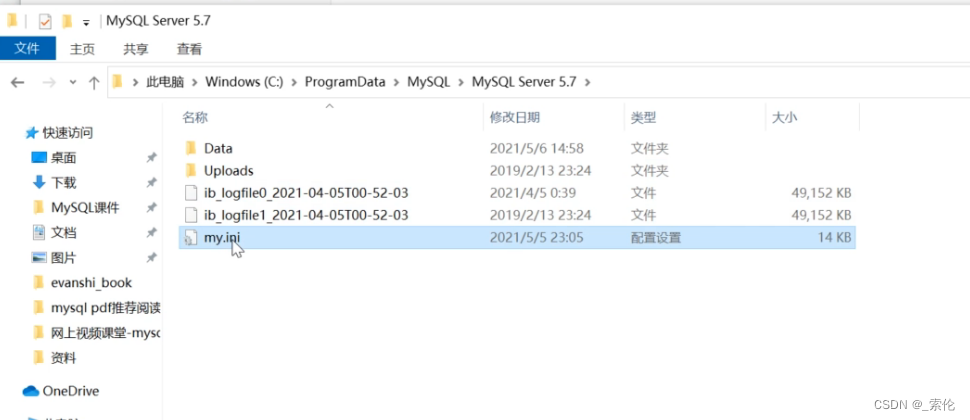
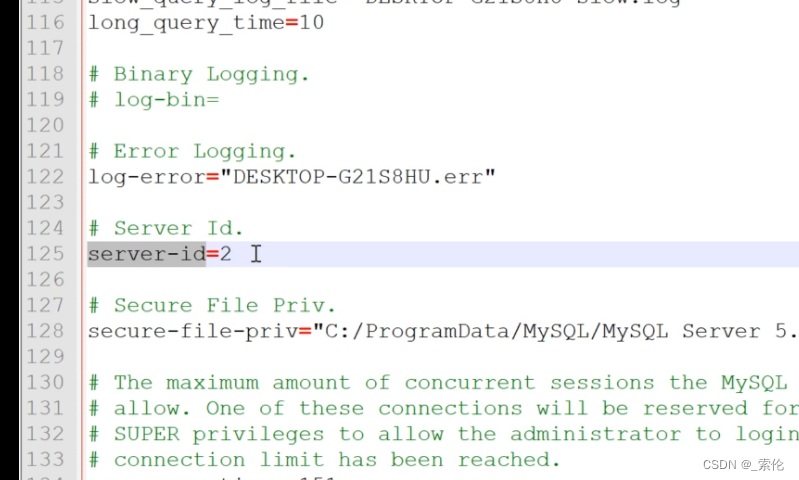
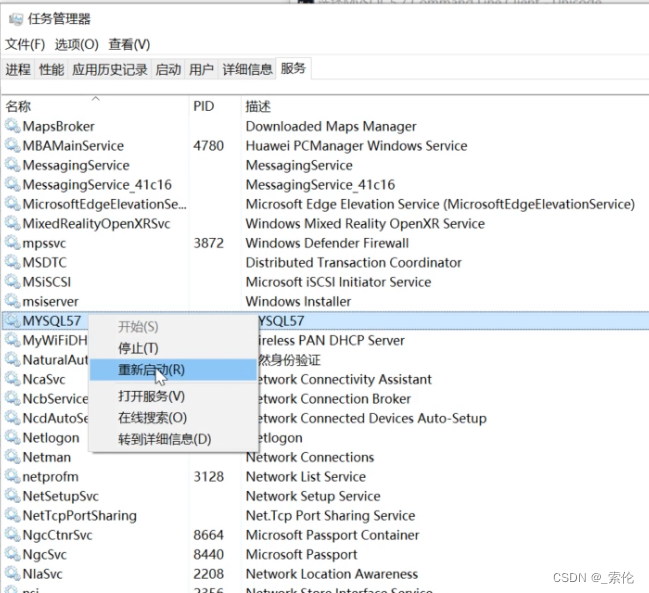
2. Use the account created by the master to read the binlog synchronization data (stop slave; start slave)
Adjust the parameters according to your own situation
Example, configure the personal main library bin-log wherever it is located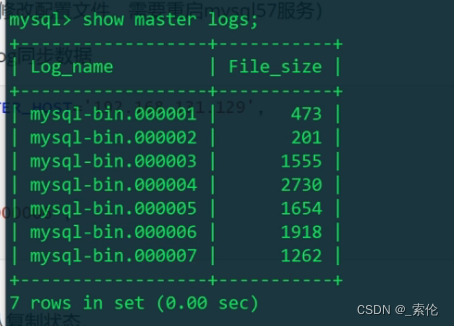
3. START SLAVE
View the master-slave replication status through the show slave status command.show processlist to view the running status of master and slave related threads
.
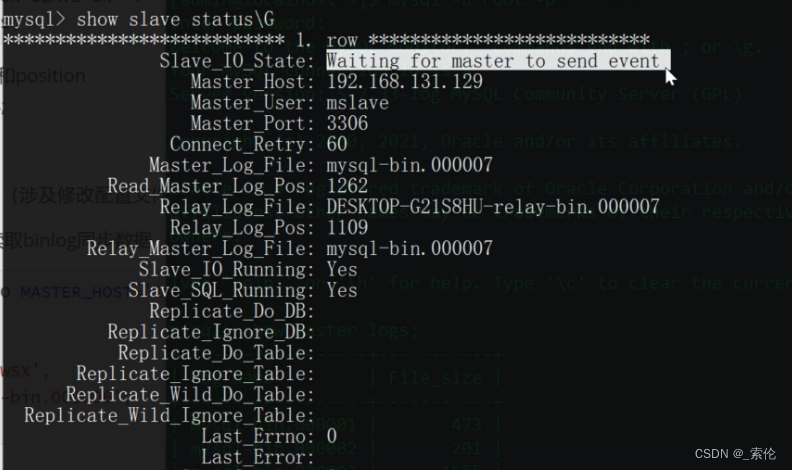
Common mistakes
- IO_ERROR

Solution:
- Use the ping command to check whether the network is connected?
- Is the port 3306 of the machine where the main library is located normal?telnet xxx.xxx.xxx.xxx 3306
- Does the firewall restrict ports?
- View the error log of the main library /var/log/mysql/mysqld.log
2.Last_Error
Solution: Check if the configuration information is wrong, then restart the slave thread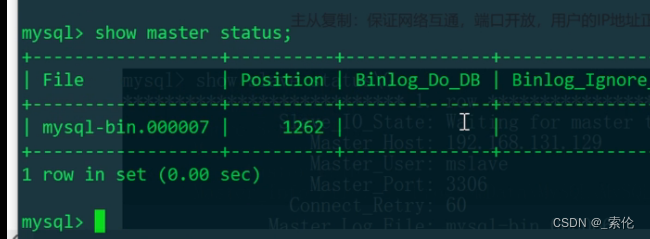

3.SQL_Error
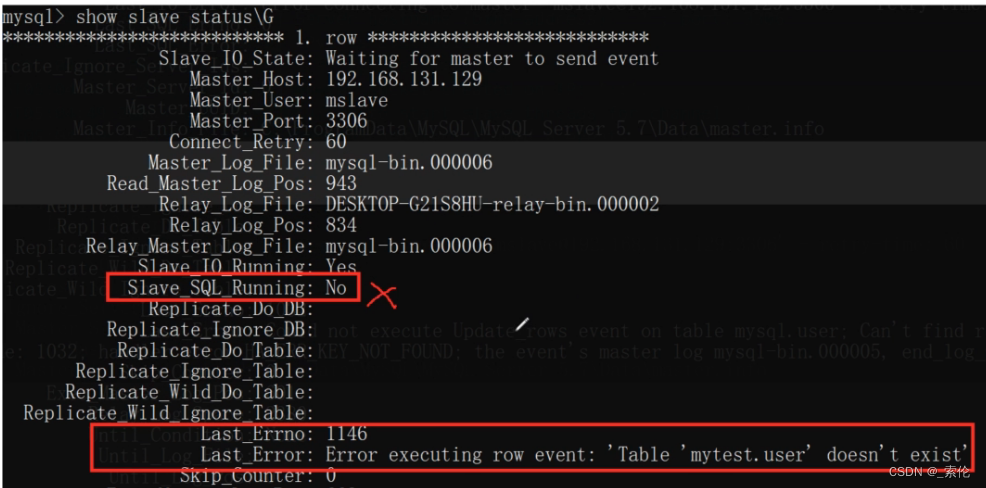
Error reason:
The slave library has not synchronized the mytest library, but the master library uses the SQL of drop database mytest, then this SQL will be written to the bin-log log, and then the I/O thread will read this SQL and write it to the relay log, the slave library reads this SQL from the relay log, and the error is generated after execution.
Solution:
You can stop the slave thread, skip an error, and restart the slave
stop slave;
set global sql_slave_skip_counter = 1;
start slave;
边栏推荐
- 服务——DHCP原理与配置
- 2022.8.8 Selected Lectures on Good Topics (Number Theory Field)
- 音乐播放器(未完成版本)
- shell编程之正则表达式与文本处理器
- An article to teach you a quick start and basic explanation of Pytest, be sure to read
- “数据引擎”开启前装规模量产新赛道,「智协慧同」崭露头角
- LabVIEW分配多少线程?
- 一篇文章教你Pytest快速入门和基础讲解,一定要看
- Conditional Statements of Shell Programming (2)
- Alibaba and Ant Group launched OceanBase 4.0, a distributed database, with single-machine deployment performance exceeding MySQL
猜你喜欢
随机推荐
Self-organization is a two-way journey between managers and members
How to secure users in LDAP directory service?
shell脚本
【640. Solving Equations】
MySQL:MySQL的集群——主从复制的原理和配置
xshell (sed 命令)
shell编程之正则表达式与文本处理器
What are the concepts, purposes, processes, and testing methods of interface testing?
FPGA - 7系列 FPGA内部结构之Memory Resources -03- 内置纠错功能
企业云存储日常运行维护实践经验分享
BM7 链表中环的入口结点
美味的佳肴
"DevOps Night Talk" - Pilot - Introduction to CNCF Open Source DevOps Project DevStream - feat. PMC member Hu Tao
August 10, 2022: Building Web Applications for Beginners with ASP.NET Core -- Creating Web UIs with ASP.NET Core
shell脚本循环语句for、while语句
Black cat takes you to learn Makefile Part 11: When the header file a.h changes, how to recompile all the .c files that depend on the header file a.h
2022.8.8 Selected Lectures on Good Topics (Number Theory Field)
What is Jmeter? What are the principle steps used by Jmeter?
文件IO-缓冲区
xshell (sed command)
